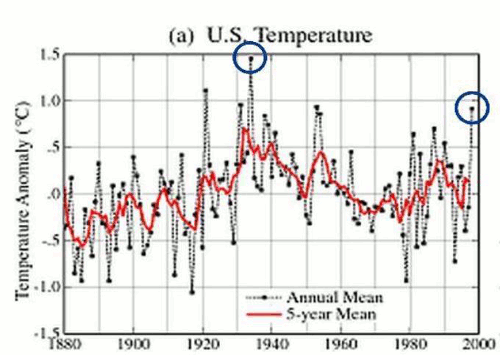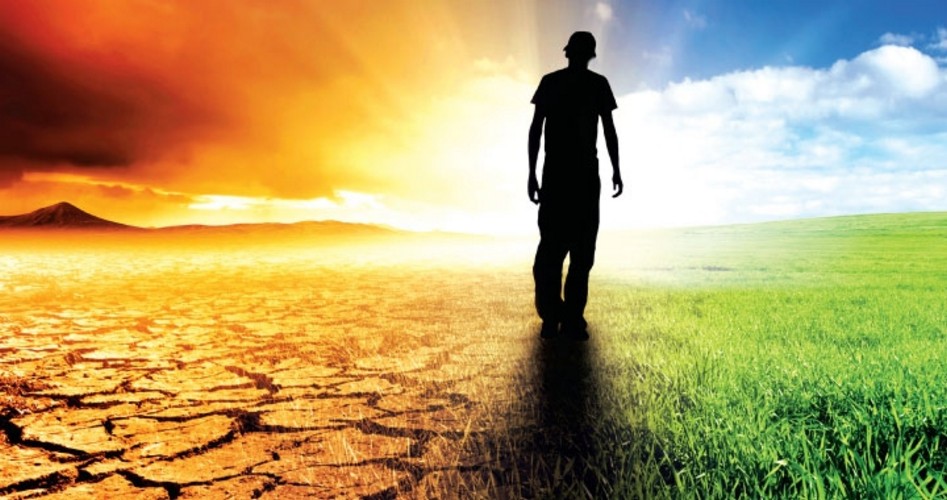Fort Fun Indiana
Diamond Member
- Mar 10, 2017
- 97,285
- 73,619
- 3,645
Nah. Horseshit. And no, finding one guy that says that does not count.There definitely were predictions that snow would be very rare by now.
Dude , you don't even know your own denier material. You are regurgitating vague memories of blog headlines to blogs you never read and didn't understand.
Like those links you posted just now, but never actually read, could not summarize, and don't understand.





